By Rita J. Egan
Celebrating 80 years of the Whaling Museum Society, the staff at The Whaling Museum & Education Center of Cold Spring Harbor is busy organizing and preparing activities for its milestone anniversary, which will include a Film Club and Whaleboat Chats.
It was 1936 when the Whaling Museum Society was founded, according to the museum’s executive director Nomi Dayan. Town residents organized the society to recognize the rich whaling heritage in the area where John H. Jones and Walter R. Jones started the Cold Spring Harbor Whaling Company, which operated from 1836 until 1862.
“We thought this is a special year to recognize this important part of Long Island’s history,” Dayan said.
’There’s truly something for all ages here at the museum’ — Nomi Dayan, Executive Director of The Whaling Museum
It took the society until August of 1942 to open the official museum, which came together when members were able to secure a whaleboat from the brig Daisy. Dayan said the ship was built in Setauket in the late 1800s and was used in the last sail-powered Yankee whaling exhibition on earth. It was due to Long Island scientist, and one of the society’s founders, Robert Cushman Murphy, that the group was able to take ownership of it. Murphy, an ornithologist, started out on a journey on the Daisy planning to study the birds of Antarctica and during the trip decided to document whaling and later published the book “Logbook for Grace.”
The executive director said the staff is hoping “to get more adults in the building” with a few new programs. She said many adults walk into the museum to look around but don’t participate in the programs. This hope led to the launch of the museum’s Film Club, which will take place every Thursday at 2:30 p.m. during the months of February and March. Dayan said the viewings are free with paid admission to the museum or membership and will include free popcorn. The selection of films varies with both classic movies such as “Ship of Fools” (1965) and “Moby Dick” (1956) as well as contemporary ocean-themed films “Free Willy” (1993) and “Noah” (2014).
Dayan said it was felt that a film club would be popular after the successful museum event where six actors performed vignettes from the book “In the Heart of the Sea” in the whaleboat. She said it seems that adults enjoy films and live performances more than other activities.
 A scene from ‘Moby Dick.’ Photo from The Whaling Museum
A scene from ‘Moby Dick.’ Photo from The Whaling Museum
—Film Club schedule—
◆ Feb. 4: ‘Ship of Fools’ (1965)
◆ Feb. 11: ‘Noah’ (2014)
◆ Feb. 18: ‘Free Willy’ (1993)
◆ Feb. 25: ‘Moby Dick’ (1956)
◆ Mar. 3: ‘Whale Wars’
◆ Mar. 10: ‘The Whale’ (2015)
◆ March 17: ‘Treasure Island’ (1950)
◆ March 24: ‘Master & Commander’ (2003)
◆ March 31: Jacques Cousteau
On Fridays at 2:30 p.m., the museum will be offering Whaleboat Chats, which are free with paid admission to the museum or membership, too. Educators will be on hand to chat and answer visitors’ questions. “We found that when people come and visit whenever we have an educator present to talk about what they’re seeing, it tends to make their visits just so much more meaningful,” Dayan said.
On Feb. 19 the chat will be in honor of Black History Month and focus on the contributions that blacks made to the local whaling industry. In addition, on March 18 for Women’s History Month, the talks will center around the sacrifices of the whalers’ wives. Dayan said while many spouses stayed at home when their husbands were out at sea, others traveled on the ships with them and even gave birth during the trips. There were also many wives who were left to wait for long periods at far off ports, especially Hawaii.
“There are such interesting and different relationships that came about from this whaling culture,” she said.
Among other events, the museum staff is currently planning Thar She Blows, which will be held on Sunday, March 20, from 12 to 3:00 p.m. During this event, visitors can carve scrimshaws, hear live sea shanties and historical tunes, as well as touch authentic artifacts and get their faces painted.
On Sunday, April 17, there will be free admission for SoundOff! from 11 a.m. to 3 p.m. The event will be the first of its kind in Cold Spring Harbor and will focus on building awareness of the Long Island Sound conservation through hands-on activities. Museum visitors also will be able to explore how the whaling era launched the country’s conservation movement.
For adults there’s the Whales, Ales and Salty Tales on Thursday, May 19, from 6 to 8 p.m. The night will consist of the stories of whalers and their sea-brews. Alan Short, who specializes in sea shanties, will sing the whalers’ songs while visitors enjoy beer sponsored by the Brewers East End Revival.
“There’s truly something for all ages here at the museum,” Dayan said.
In addition to the events and programs being planned, the year 2016 marks the release of the book “Whaling on Long Island” written by Dayan and published by the museum through Arcadia Publishing’s Images of America series. According to the executive director, the book, scheduled for release on March 28, can be pre-ordered on Amazon.
Dayan said during 2016, the museum also will be conducting membership drives with different incentives, including the initial membership price of a dollar. New members can take advantage of the offer when they purchase a second year at the 2016 cost of $40 for individuals and $75 for families.
The executive director said it’s a great year to become a member. “We’ve recently transformed ourselves. Instead of just being about only whales and whaling, now we’re more about the relationship between people and the environment. Because if you think about it whaling is a very strong cautionary tale about how people treat each other and how people treat the environment, and we’re trying to pick up on those themes,” Dayan said.
Admission to The Whaling Museum & Education Center of Cold Spring Harbor is $6 for adults and $5 for seniors and children. Event and program fees vary. For more information about the museum, located at 301 Main Street in Cold Spring Harbor, call 631-367-3418 or visit www.cshwhalingmuseum.org.
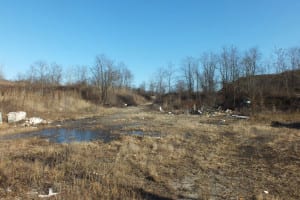



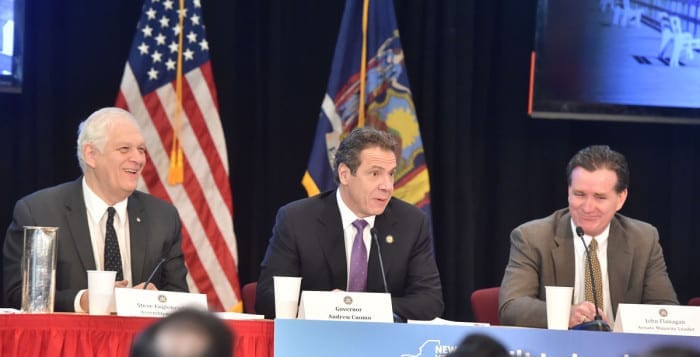
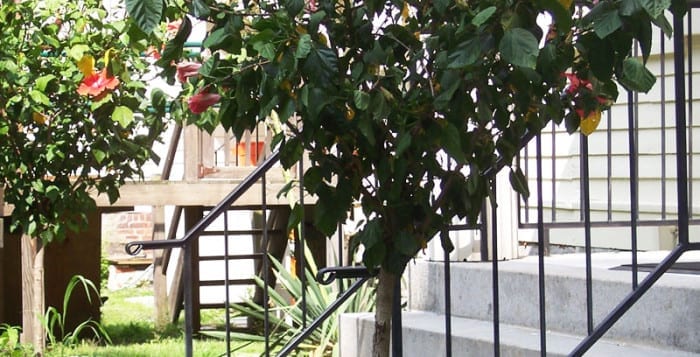
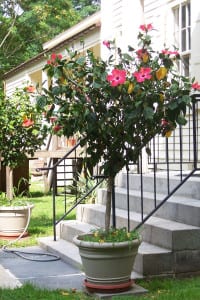
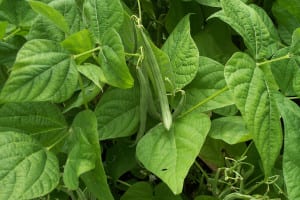
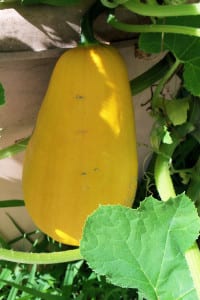
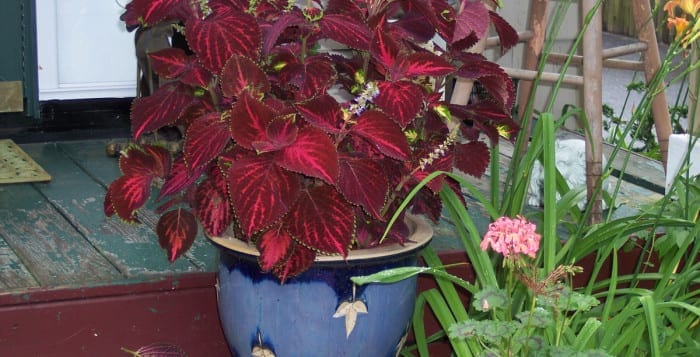

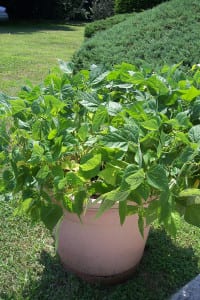


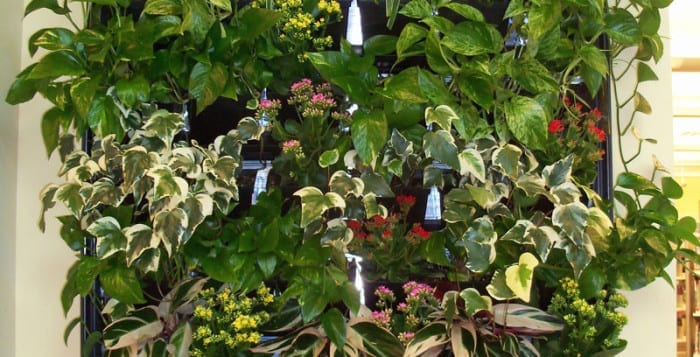
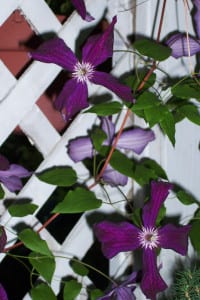



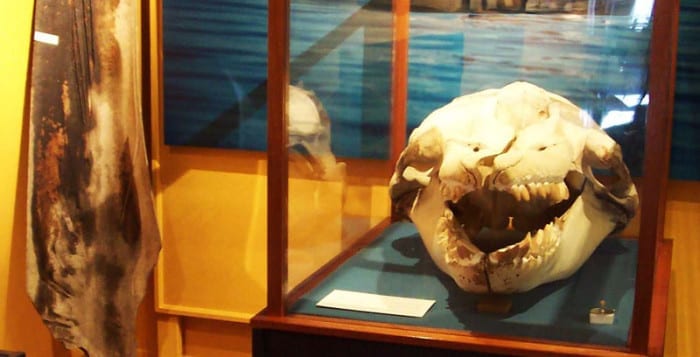
 A scene from ‘Moby Dick.’ Photo from The Whaling Museum
A scene from ‘Moby Dick.’ Photo from The Whaling Museum





